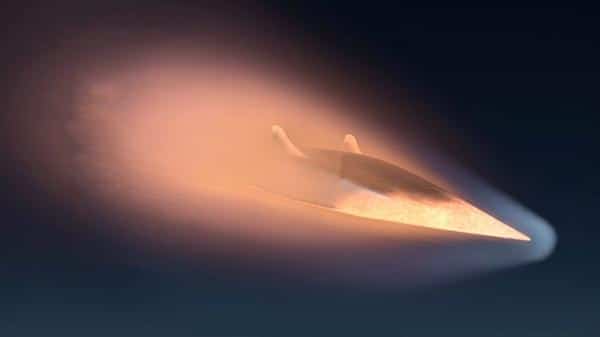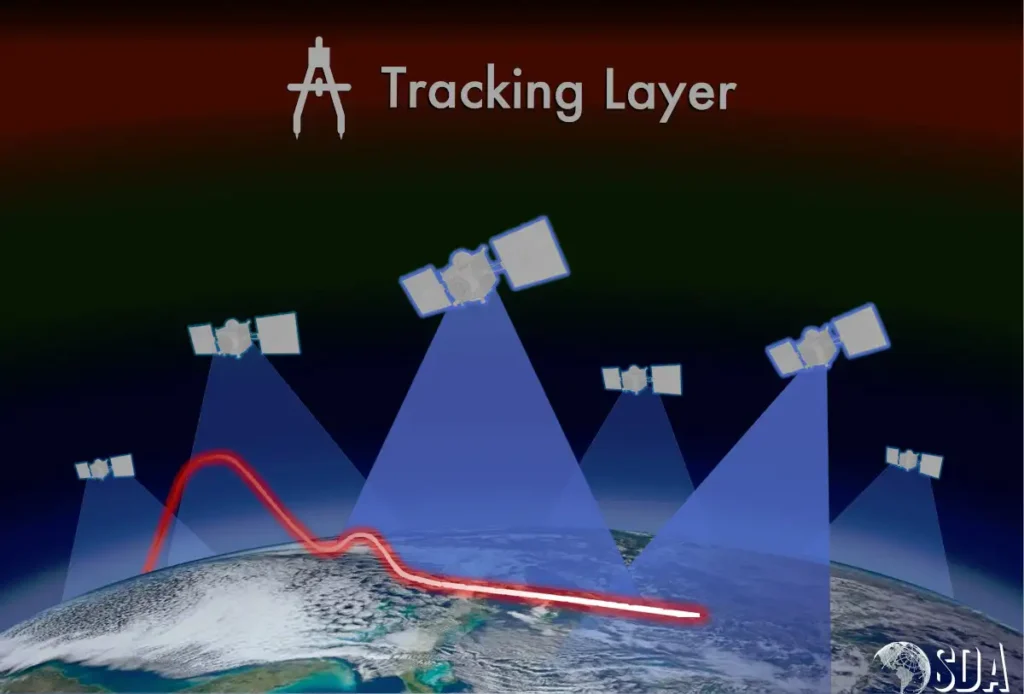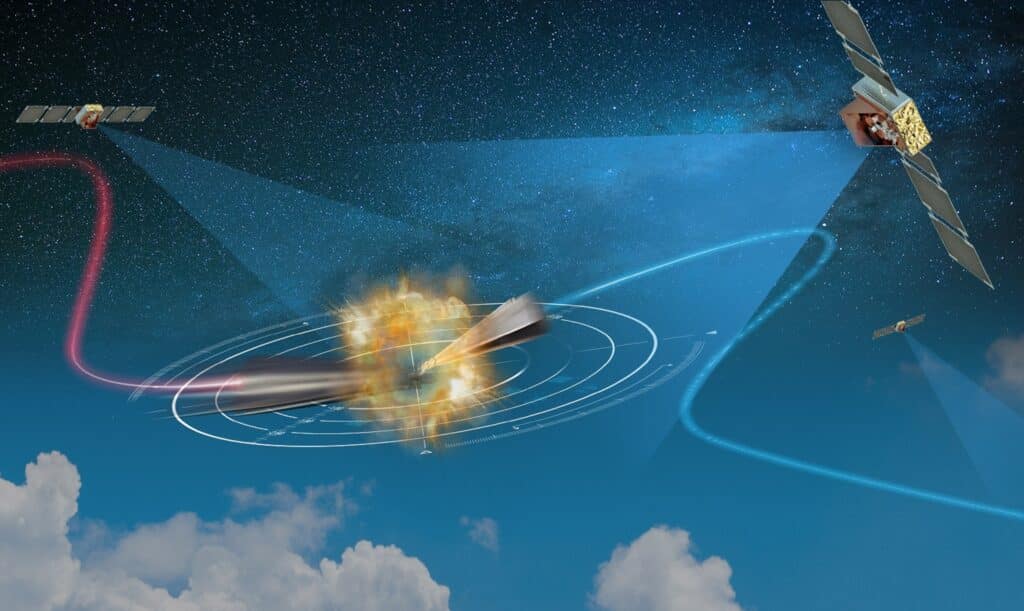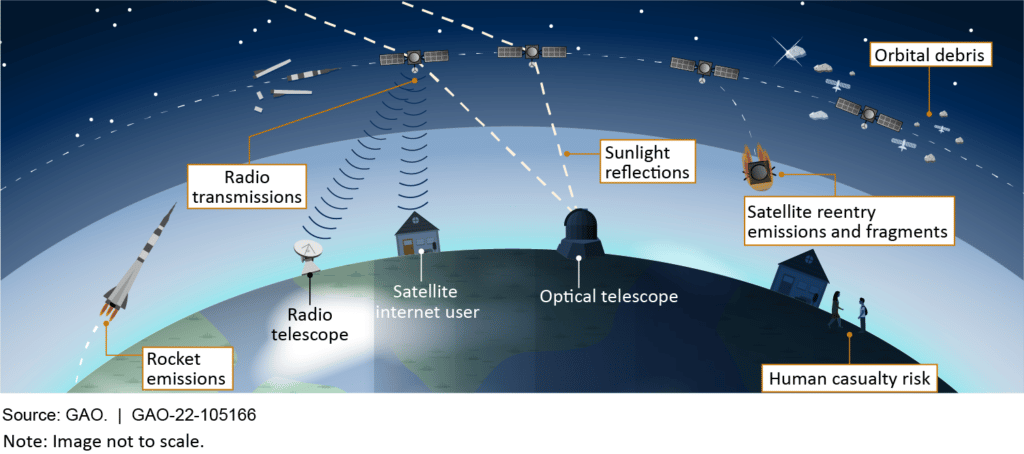Back to the Future: Hypersonics Command R&D Priority
This article was originally published on our sister website, acquinsight.com.
Hypersonic weapons prototyping efforts remain a priority for DOD though there are cautions about how soon new systems can be fielded. A recent Congressional Research Service report finds that the FY 2023 budget request for hypersonic research is $4.7 billion–up from $3.8 billion requested in FY 2022.These are weapons that fly at least five times the speed of sound and can maneuver on their way to their destination, making them difficult to defend against. There are two types of hypersonic weapons: hypersonic glide vehicles, which are launched from a rocket before gliding to a target, and hypersonic cruise missiles, which are powered by high-speed engines throughout the duration of their flight. DOD boosted development efforts in recent years as China and Russia have been pursuing hypersonic weapons programs.

While hypersonic technologies are not new, the weapons being developed are a new application with a new sense of urgency, according to an Army web posting. Technologies associated with the weapons are challenging to develop given the extreme heat and the conditions the vehicles experience while traveling at such fast speeds. To help develop capabilities quickly, the military services are following flexible acquisition approaches and collaborating with each other as well as S&T organizations.

At this time, DOD is developing technologies and prototypes. There are no procurements of missiles yet. Further, some are cautioning how soon DOD can get beyond prototyping. In a 2021 report, for example, the Government Accountability Office (GAO) said that program officials and documents acknowledge that the schedules for achieving an operational hypersonic capability are ambitious, often dependent on other programs, and will be difficult to achieve.
Last year, the Secretary of the Air Force, Frank Kendall, said he was not satisfied with the pace of progress in Air Force hypersonic weapon programs. In March 2022, he said the Air Force needed to spend more time developing and testing its Air-launched Rapid response Weapon (ARRW) rather than proceed with a planned procurement. On the other hand, there have been recent successful flight tests for the Air Force programs.
Others have expressed concerns that while pressing forward, DOD does not yet know what its requirements for hypersonic weapons will be and that investments are needed for establishing a production capacity as well as for testing facilities.

The table below highlights DOD’s hypersonic weapons development efforts. Most of the money being requested for FY 2023 is going toward Navy and Army efforts that use a common glide vehicle developed by Sandia Labs. The Air Force was also working on an effort using the common glide vehicle but that was canceled due to budgetary pressures. In addition to ARRW, the Air Force is pursuing a hypersonic cruise missile based on technologies from DARPA.

Defense Against Hypersonic Weapons

DOD is also pursuing efforts to defend against hypersonic weapons. The Missile Defense Agency (MDA) has the primary lead on these. During a recent testimony, MDA Director Admiral John Hill said that the US already has a capability–the Navy’s Standard Missile-6–to take on an advanced maneuvering threat in its terminal phase. But stopping a hypersonic weapon in its terminal phase is insufficient as it is the most difficult phase to engage such a weapon. MDA is working on developing an interceptor that can hit a weapon in its glide phase. The effort will be challenging as the new missile would have to operate in hypersonic flight conditions while also exceeding adversary hypersonic systems in key areas, such as speed or maneuverability.


Significant investments in space to support hypersonic weapon tracking
DOD is also making significant investments in new satellites that can help defend against hypersonic weapons. It is building new higher orbiting missile warning satellites, for example, that can cue other sensors when a weapon is launched. For FY 2023 alone, it will be investing $3.5 billion in this system. These satellites–known as NextGen OPIR–will also have missions beyond picking up a launch of hypersonic weapon. The Space Force is also building satellites that will fly in low-earth orbit and medium-earth orbit to help track both ballistic and hypersonic weapons. In addition, MDA is building sensors capable of obtaining “fire control quality data” that can handed off to weapon systems.

According to a report from the Center for Strategic and International Studies: “The single most important element for hypersonic defense is a robust, resilient, and persistent space sensor layer capable of acquiring, observing, classifying, and tracking hypersonic threats.” The report goes on to say that space-based sensors would enable the ability to follow a hypersonic weapon through the entirety of its trajectory. This would be necessary for disrupting or defeating hypersonic weapons early in flight where interception is easier and follow-up shots are possible. While the US already has missile warning satellites that can track weapons to some extent, it is believed that more specialized sensors are needed to assure dimmer and lower flying weapons can be tracked.

Update: The U.S. Government Accountability Office recently raised concerns about the development of the Glide Phase Interceptor and the Hypersonic and Ballistic Tracking Space Sensor (HBTSS). Specifically, MDA did not plan to obtain an independent technological risk assessment to determine the maturity of technologies or an independent cost estimate before proceeding with development of GPI. And, MDA has not adequately coordinated the HBTSS effort with DOD’s Space Development Agency and Space Force. Prior MDA interceptor programs were either canceled or severely delayed in part because knowledge about technology maturity and cost were not in-hand at key junctures. Likewise, prior MDA space programs focused on tracking missiles were canceled in part because of inadequate coordination within DOD. Further, at present, MDA’s plans for HBTSS post a significant risk of duplication or overlap with the Space Development Agency’s tracking layer, according to GAO.
Update: in July 2022, DARPA announced that the Hypersonic Air-breathing Weapon Concept (HAWC) completed another successful free flight in early July. This is the second demonstration vehicle built by Raytheon Technologies to meet test objectives. The first Raytheon flight was in September 2021. It was followed by success with a different contractor’s vehicle configuration this past spring.
DARPA says that the second flight of Raytheon’s HAWC design leveraged data collected during the 2021 flight. After release from an aircraft, the first stage boosted the vehicle to the expected scramjet ignition envelope. From there the missile’s Northrop Grumman scramjet engine fired up and propelled the cruiser to speeds greater than Mach 5 (five times the speed of sound) for more than 300 nautical miles and reaching altitudes higher than 60,000 feet.
“This most recent test allowed exploration of more of the flight and scramjet engine operating envelopes,” Andrew “Tippy” Knoedler, HAWC program manager in DARPA’s Tactical Technology Office. “DARPA demonstrations are always about learning, whether it’s in the interest of feasibility or practicality, and this time we certainly got new information that will further improve performance.”








